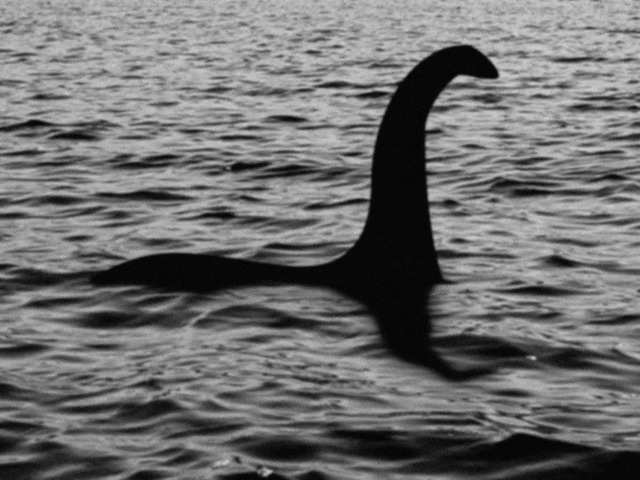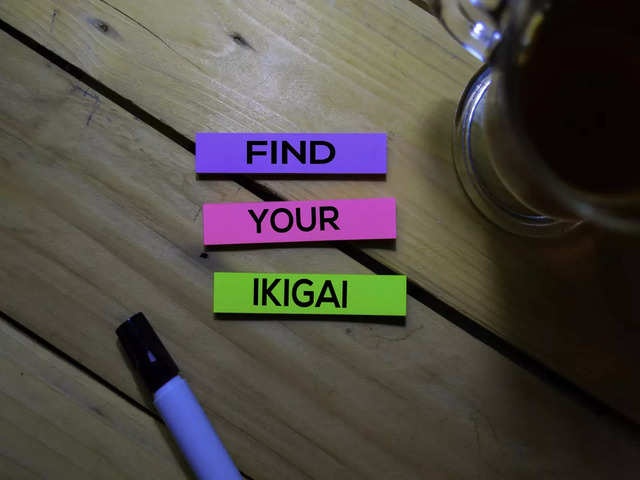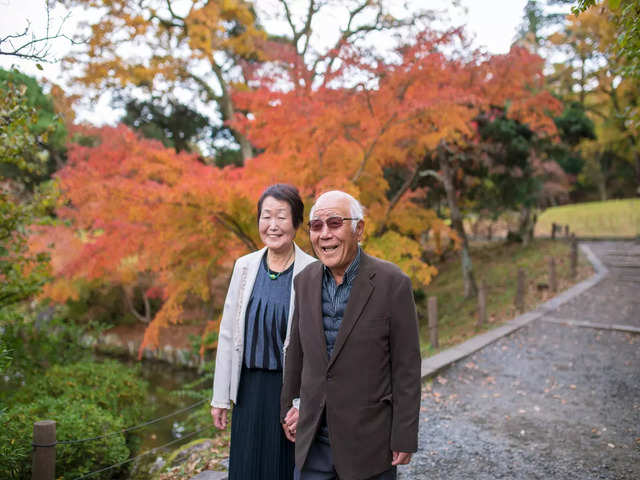Amelia Earhart’s disappearance
Amelia Earhart, a pioneer of aviation, disappeared over the Pacific Ocean in 1937 while trying to fly around the world. Despite multiple searches, no trace of her or her plane has ever been discovered.

Jack the Ripper’s identity
A series of heinous murders in London’s Whitechapel neighbourhood attributed to a figure known as “Jack the Ripper” shocked the world in 1888. The real identity of the murderer has never been established with total conviction, despite extensive police investigations and countless hypotheses over the years.

The Mary Celeste’s fate
The Mary Celeste, which was completely stocked and seaworthy, was discovered abandoned in the Atlantic Ocean in 1872. The crew’s whereabouts are still unknown.

The Loch Ness Monster
Stories of a mysterious creature residing in Scotland’s Loch Ness have been circulating for generations. No concrete proof of the alleged “Nessie” has ever been discovered despite numerous sightings and thorough investigations.

The Roanoke colony’s disappearance
Off the coast of contemporary North Carolina, on Roanoke Island, a party of English colonists settled in 1587. Three years later, a supply ship found that the colony had disappeared with no sign of it, leaving only the mysterious carving “Croatoan” in a tree.

Voynich Manuscript
The Voynich Manuscript is a strange, illustrated book that was written in an unidentified language and script. It has baffled scholars and codebreakers for generations. Its components and utility are still unknown to this day.

The Zodiac Murderer
A serial killer known as the Zodiac terrorised northern California in the late 1960s and early 1970s, taunting authorities and leaving behind cryptic messages. The killer’s name is still a mystery despite extensive investigations and several suspects.
The Japanese secrets to a longer life

Find a purpose
Discovering your ikigai, a concept closely linked to the long life expectancy in Japan, means finding a reason for being or something that makes life fulfilling. Japanese individuals are acutely aware of the importance of identifying their ikigai in order to maintain a sense of purpose and enjoyment in life, whether it be raising their children or pursuing a hobby that brings them satisfaction and fulfillment.

Enough is enough
The residents of Okinawa Island in Japan, where many people live for more than a century, adhere to the Hara hachi bu approach to eating, which involves stopping eating when they are approximately 80% full. The belief is that consuming only the necessary amount of food, rather than overeating, can potentially delay cellular aging.

Small change
According to Sarah Harvey, author of the book “Kaizen: The Japanese Method for Transforming Habits, One Small Step at a Time,” Kaizen is a reliable technique to help individuals overcome unhealthy addictions. The term Kaizen, which means “good change” in English, emphasizes that making small, gradual changes is essential in creating permanent habit transformations, rather than resorting to drastic measures.

Go down to the woods
The well-known Japanese custom of shinrin-yoku, also known as “forest bathing,” involves completely immersing oneself in a natural setting and engaging as many senses as possible, such as listening to the rustling of leaves and smelling the damp earth. This practice has been demonstrated to lower stress levels and alleviate feelings of depression.

Maintaining harmony
Neuroscientist Ken Mogi, the author of “The Way of Nagomi,” defines nagomi as a Japanese custom that is often referred to as the key to a peaceful existence, involving a sense of balance, comfort, and serenity in one’s mind and heart. The notion of nagomi suggests that it is preferable to avoid confrontations that may lead to decisive outcomes at all costs. Mogi explains that attaining a state of nagomi can alleviate stress, tension, and discord.





